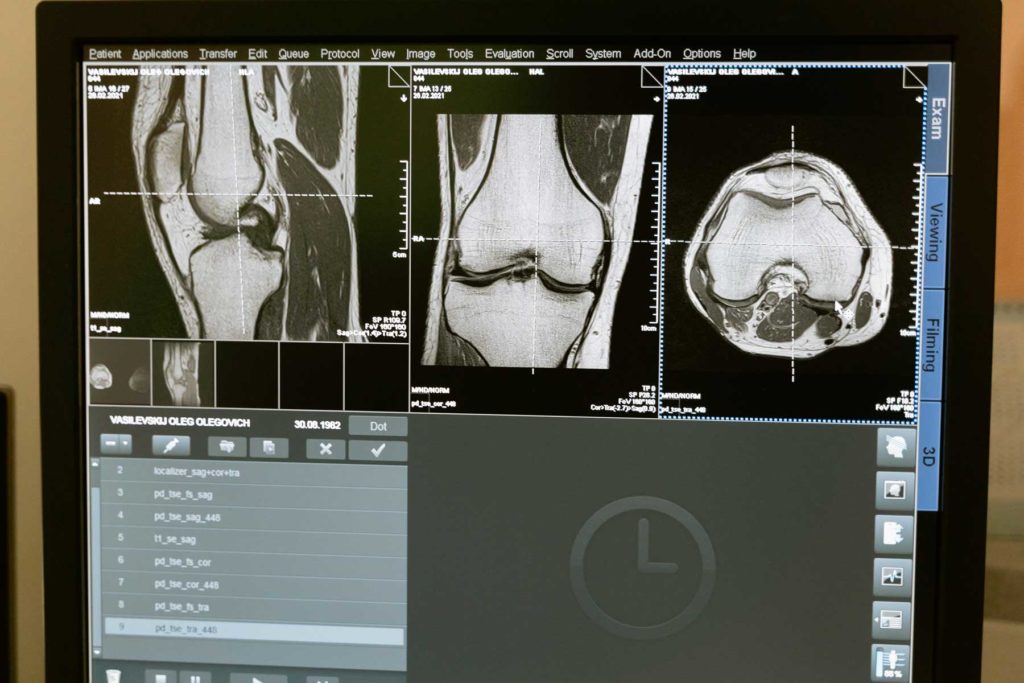The term bone disease refers to a condition that damages your skeleton, making bones weaker and more prone to fractures. Although bone disease can refer to many different conditions, the most common type is osteoporosis. This disease is characterized by deterioration of the bone structure along with low bone mass. Low bone mass occurs when your bones begin losing minerals, such as calcium.
Bone disease can result in a decrease in quality of life and even premature death. And unfortunately, the most common type of bone disease is often silent until a fracture occurs. Many people assume that weak bones are part of aging. However, because bone and joint health begins during childhood, it’s possible to use exercises and other techniques to improve bone health at any age. For that reason, Valley Orthopaedic Specialists have provided how to prevent bone disease and steps for managing the condition if you already have it.
Let’s take a closer look:
How to Prevent Bone Disease
No matter your age, you can learn how to prevent bone disease. Some practical measures to preventing weakened bones include:
- Exercising. Weight-bearing activities are beneficial, such as jogging, weight training, hiking, tennis, dancing, and walking.
- Getting enough calcium. Failing to get calcium leads to lower bone density and early bone loss. Excellent sources of calcium include canned salmon with bones, soy products, dairy products, kale, sardines, and broccoli.
- Consuming vitamin D. Vitamin D is essential to ensure your body can absorb that calcium. Good sources of vitamin D include salmon and other oily fish, eggs, mushrooms, and fortified foods such as nutritious cereals and milk.
- Avoiding smoking. Stopping smoking early will protect many more aspects of your health, including your lungs and heart.
How to Manage Bone Disease
Within the past decade, many advances have been made to manage and treat various types of bone disease. Management begins with maintaining proper bone health, such as the right nutrition, quitting smoking, and physical activity.
For most of the common types of bone disease, medications that prevent further breakdown of the bones, known as antiresorptive, can help manage the condition and prevent future fractures. If this therapy isn’t enough, anabolic treatment may help reduce fracture risk by helping to stimulate bone growth. A good fall prevention program is a critical part of managing bone disease, particularly for those at high risk for fractures. The goal should work to minimize falling at home and in daily life while avoiding any medicines that may increase the risk of falls.
Physical Therapy for Bone Disease
Physical therapy for bone disease offers another way to improve overall bone health. At Valley Orthopaedic Specialists, our therapists specialize in developing programs to help improve overall bone health, prevent fractures, and keep bones healthy.
Some of the things you may learn with physical therapy for bone disease include:
- How to properly align your body during daily activities
- Special exercises to decrease bone loss or to help build bone
- Ways to improve balance to reduce the risk of falling
- Tips for adjusting your environment to manage bone health
- Correct posture to protect the spine from fractures
Physical therapy offers an excellent way to manage bone disease, whether you’re recovering from a fracture or working to prevent them in the future. With regular treatment, you may be able to restore healthy bone strength, function, and movement.
Valley Orthopaedic Specialists strive to offer our patients the individualized care they deserve. To learn more about how physical therapy from Valley Orthopaedic Specialists can help you, contact us today!

